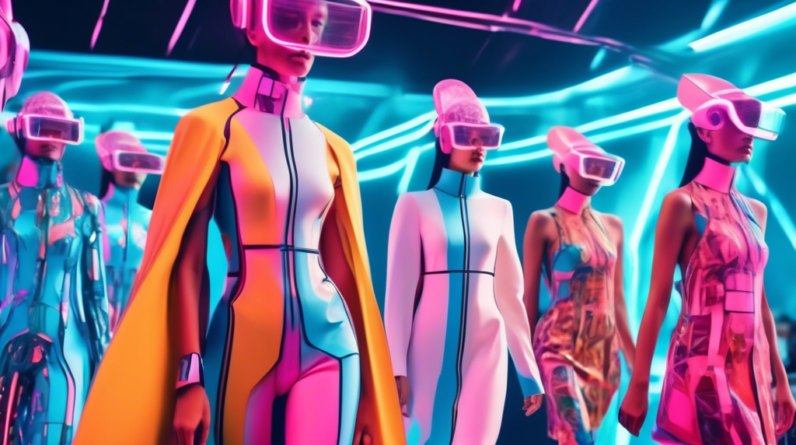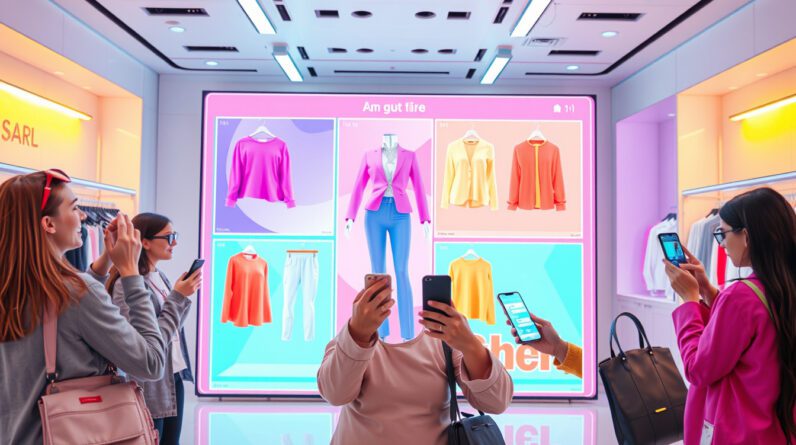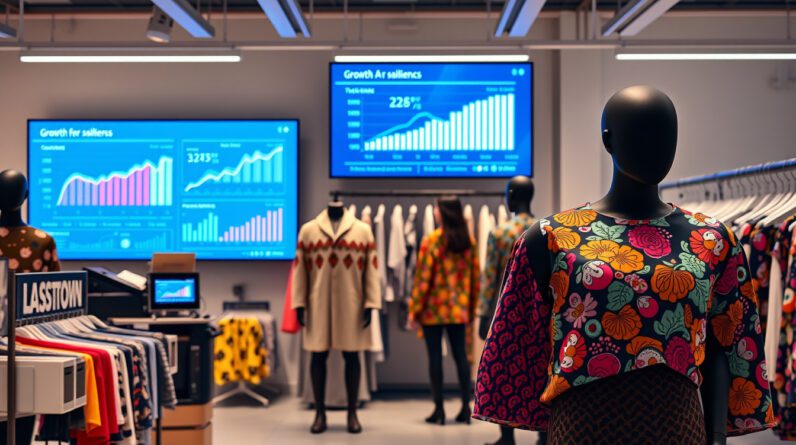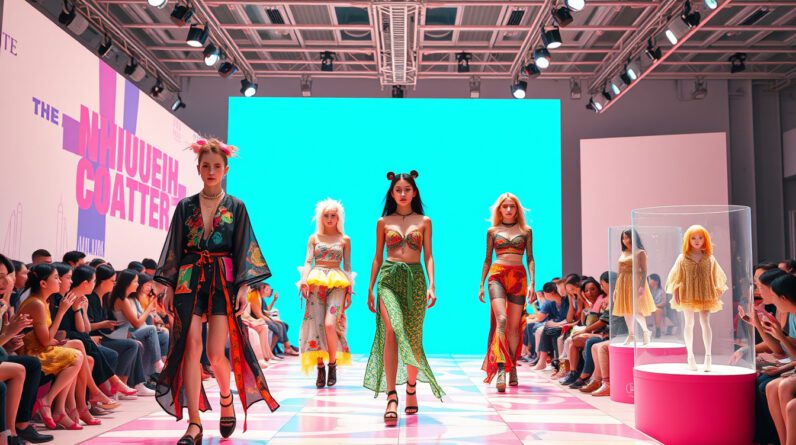
AI: The Future of Fashion is Here
From Inspiration to Outfit Selection, AI is Revolutionizing the Industry
The fashion industry, renowned for its human touch and artistic spirit, stands at the precipice of a technological revolution. Artificial Intelligence (AI), no longer a futuristic concept, is rapidly weaving itself into the very fabric of fashion, from the initial spark of an idea to the final stitch. As AI evolves, it’s poised to become both the muse and the personal stylist, ushering in an era of personalized, efficient, and breathtakingly innovative design.
AI as Muse: Inspiring Designers and Fueling Creativity
Gone are the days when designers solely relied on mood boards and fleeting moments of inspiration. AI is stepping in as a powerful muse, capable of analyzing vast datasets of fashion trends, historical data, and consumer preferences to unearth unexpected patterns and predict future styles. This potent combination of data analysis and creative insight empowers designers to:
- Identify Emerging Trends: AI can sift through mountains of data from social media, runway shows, and street style to pinpoint nascent trends, giving designers a competitive edge and allowing them to cater to the ever-evolving desires of fashion enthusiasts.
- Generate Novel Designs: Imagine an AI algorithm capable of blending historical fashion elements with contemporary aesthetics to generate completely unique patterns, silhouettes, and embellishments. This is no longer a fantasy, but a reality, as AI tools empower designers to break free from conventional boundaries and explore uncharted creative territories.
- Personalize Recommendations: AI can analyze a designer’s past collections, identifying their signature style and suggesting design modifications that align with their brand identity while catering to emerging market trends.
AI as Personal Stylist: A Seamless and Personalized Shopping Experience
The impact of AI extends far beyond the design studio, revolutionizing the way consumers discover, experience, and shop for fashion. Envision a world where your personal stylist isn’t a person, but an intelligent algorithm that knows your taste better than you know it yourself. This is the future AI promises:
- Hyper-Personalized Recommendations: AI-powered platforms analyze your past purchases, browsing history, social media activity, and even your physical attributes to curate a personalized selection of clothing and accessories tailored to your unique style, body type, and lifestyle.
- Virtual Styling and Try-On: Say goodbye to the uncertainty of online shopping. AI-powered virtual fitting rooms utilize augmented reality to allow you to try on clothes virtually, visualizing how different outfits would look on your body from the comfort of your own home.
- Wardrobe Management: Imagine an app that analyzes your existing wardrobe, suggests outfit combinations you might never have considered, and even identifies gaps in your closet, prompting you to purchase items that seamlessly integrate with your current style.
AI and Sustainability: Reimagining Fashion’s Environmental Impact
The fashion industry is notorious for its environmental footprint. However, AI offers a glimmer of hope, presenting solutions for a more sustainable and ethical future:
- On-Demand Manufacturing: By accurately predicting demand, AI can help reduce overproduction and minimize waste, a major concern in the fashion industry. On-demand manufacturing, powered by AI insights, allows brands to produce only what is needed, when it’s needed.
- Material Innovation: AI algorithms can analyze the properties of various materials, both natural and synthetic, to develop innovative fabrics that are durable, sustainable, and ethically sourced, paving the way for an eco-conscious approach to fashion.
- Smart Recycling and Upcycling: AI can analyze discarded garments and textile waste to identify opportunities for recycling and upcycling, contributing to a circular economy within the fashion industry.
The Human Touch: The Future of Fashion is a Collaboration
While the potential of AI in fashion is undeniable, it’s important to remember that technology alone cannot dictate the future of this dynamic industry. The human touch – the creativity, the artistry, the emotional connection – will always remain irreplaceable. The future of fashion isn’t about replacing human ingenuity, but about empowering it.
AI is not here to replace designers, stylists, and artisans, but to serve as a powerful tool that enhances their capabilities, allowing them to push the boundaries of creativity, efficiency, and sustainability. The true magic of AI in fashion lies in the synergy between human ingenuity and technological innovation, a collaboration that promises a future where fashion is as personalized and diverse as the individuals it adorns.
Embracing the Future: AI is More Than a Trend, It’s a Transformation
The integration of AI into the fashion industry is more than just a passing trend – it’s a seismic shift that is reshaping the industry from the inside out. As AI continues to evolve at an astonishing pace, its impact on fashion will only become more profound, fundamentally changing the way we design, manufacture, consume, and experience fashion.
The future of fashion is intelligent, personalized, and sustainable, driven by the transformative power of AI. By embracing this evolution, the fashion industry has the opportunity to become more creative, inclusive, and responsive to the needs of both consumers and the planet. The question isn’t whether AI will transform fashion, but how we will shape this exciting new era together.





